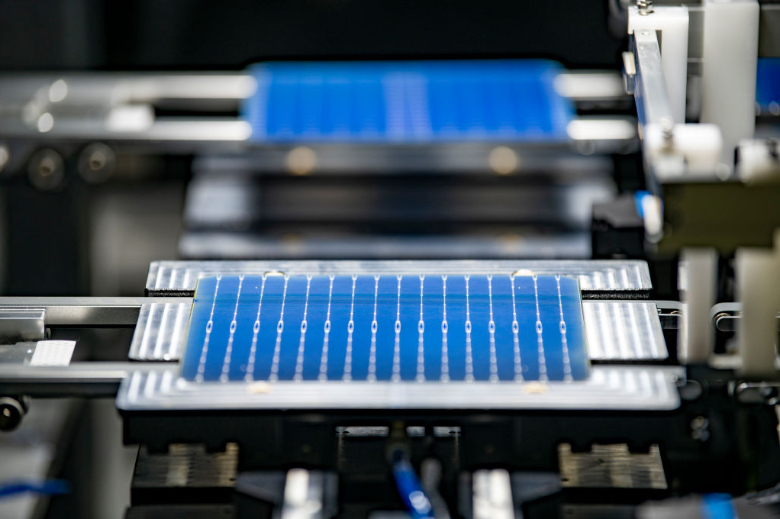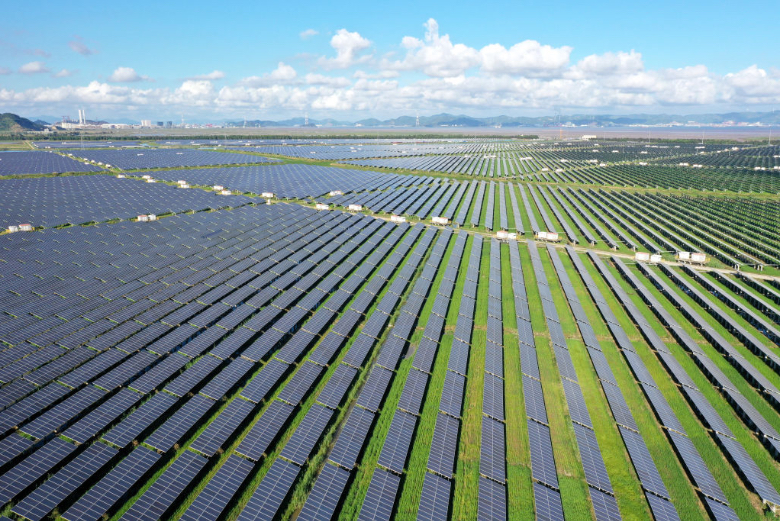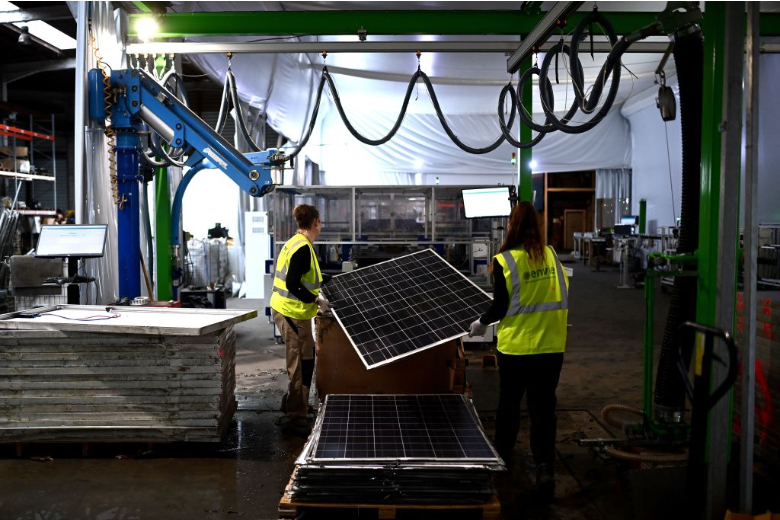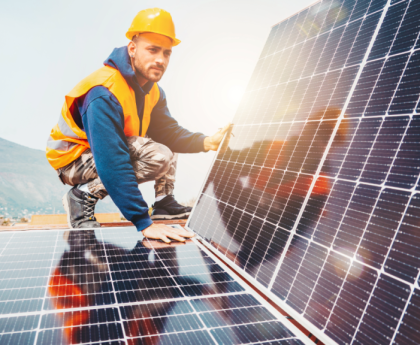At the COP28 climate conference in Dubai in 2023, a commitment was made to phase out fossil fuels by the middle of this century. To meet the goals of the 2015 Paris Agreement— keeping global warming below 2°C and preferably 1.5°C—renewable energy capacity needs to triple by 2030. Solar energy is one of the major sources that must be expanded. But while its benefits are undeniable, all human activities have environmental impacts that need to be studied and minimised, including solar power.
The sun is an inexhaustible source of energy. It still has enough fuel left for 5 billion more years, longer than our solar system has existed. Although we take it for granted, the sun is our best option for meeting our energy needs: it drives photosynthesis, without which there would be no life on Earth, and provides the heat that is trapped by the greenhouse effect that makes the planet habitable. In 1839, the French physicist Edmond Becquerel discovered that an electrode exposed to light produced an electric current, giving the sun’s energy a new direction: the photovoltaic effect. In 1883, the American inventor Charles Fritts created the first solar cell using gold-plated selenium.
Since Fritts’ pioneering design, which converted just 1% of sunlight into electricity, there have been many advances, with a turning point in the mid-20th century when researchers Daryl Chapin, Calvin Fuller and Gerald Pearson of Bell Laboratories managed to create a silicon cell with an efficiency of 6%. Today’s solar panels reach 20%, a great achievement when you consider that many plants are no more than 2% efficient at photosynthesis. Solar photovoltaics is now the third largest source of renewable energy, after hydro and wind. And although it still produces only 4.5% of global electricity, according to the International Energy Agency, it is growing fast: 26% more in 2022 than the previous year, and by 2050 it could produce a quarter of the world’s total electricity.
The impact of the manufacturing
But the environmental footprint of solar panels is not negligible and starts at the source, with the materials used to manufacture them: glass, copper, aluminium, silver, silicon, lead… 95% of the panels used today are based on silicon; the next generation, called thin-film, uses metals such as copper, indium, gallium, selenium, cadmium and tellurium. There is also the issue of water consumption and, in the case of batteries, lithium. Materials account for 90% of the energy and greenhouse gas (GHG) impact of solar panels. Toxic products also contribute to pollution at the end of their life cycle, so they need to be disposed of with a view to recovery and recycling.

The manufacture of solar panels consumes energy, which is more or less polluting depending on the source. This energy consumption is offset during the operation of the solar farm. Photovoltaic systems take between one and four years to produce the energy used to build them, and they can last up to 35 years. However, there are environmental impacts associated with the installation of solar farms: land often needs to be cleared and levelled, affecting vegetation cover and local wildlife. Farms can degrade and fragment habitats, compact soil, increase erosion and alter drainage channels.
Once installed, solar farms do not produce direct emissions, but they do have an impact. Apart from the consumption of water, energy and chemicals, there is another risk. The trend today is to install enormous farms: Gonghe Talatan solar park in China is the largest ever, with a cluster of farms covering more than 600 km2. But experts warn that above a certain size, the warming caused by these installations can affect the climate, as dark solar panels absorb more heat than light-coloured land.
Relative global effects
An international study has modelled the effects of huge solar farms covering 20% of the Sahara Desert. It found that warming would alter global weather patterns, reducing rainfall in the tropics and greening the desert itself. The change in cloud patterns would in turn affect the ability of other regions to produce solar energy: the southwestern US, Australia, eastern China, India, southern Europe and the Middle East would have more clouds and therefore less sun, in contrast to Scandinavia, the central and eastern US, the Caribbean, Central and South America, and South Africa. If these macro solar farms were located in other regions than the Sahara, the effects would be different in each case.

But while global effects would only appear with these monstrous installations, “observations suggest current-scale solar farms already have robust climate and environmental impacts,” study co-author Zhengyao Lu of Lund University, Sweden, tells OpenMind. “But these impacts are often complicated, and can be linked to either local warming or cooling, so they should not be interpreted as immediate risks.”
Lu points out that farms should be carefully planned, for example by setting a maximum density of panels and placing them on soils that have the same albedo—absorption and reflection—as they do. In any case, Lu concludes, “compared to a pathway that we continue to burn more fossil fuels, the overall risks caused by solar farms are much smaller.”

Javier Yanes
Crédito imagen principal: Steve Proehl/Getty Images.
This post was originally published on 3rd party site mentioned in the title of this site






